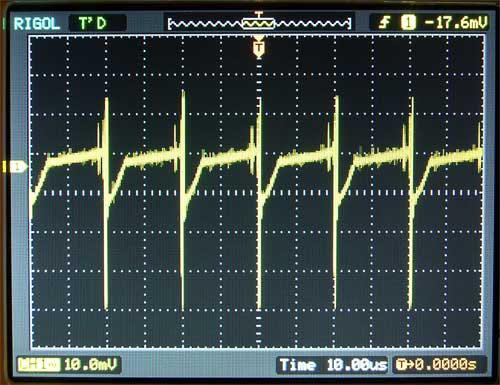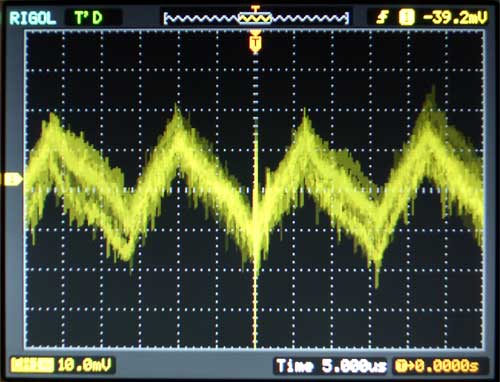Hi i guess this is a for an analog preamp or similar
Mine is only a feeling but i think that analog is less picky regarding power supply quality.
Digital is very very delicate power supply wise ... both clock and dac circuits.
Almost all the modifications once very popular for cd players were addressing the power supply of the digital section ... almost all.
Along with a better quartz of course.
An extremely clean and steady voltage is mandatory for digital from what i understand.
I saw even batteries used for this.
I have some other very cheap usb to spdif converters using only power from usb.
I have bought a lithium battery pack to be used with usb powered devices.
It is a 15Ah pack. So it should last for some days ... but i will see. And listen of course.
I am very curious to listen for any improvement in sound using the battery pack.
I am not expecting great performance from these very cheap converters.
Still i will never know until i try.
Thanks again for the very interesting advice.
Kind regards, gino
Sorry for saying this Ginetto61, but it seems to me you haven't any clue about how analogue / digital stages perform on poor psu's.
A well developed and build linear psu will ALWAYS be the BASE of good analogue or digital audio equipment.
My 30yo diy mosfet class-A pré-amp (which i have build myself) has 5 seperate transformers and and all seperated regulaterstages with pi-filters.
I didn't develop that psu for fun, it's absolutely needed when you want the best SQ.
My first developed dac, build on CS4398, had all seperate powerstages, but sadly only one toroidial transformer with seperate windings.
Seperate transformers would take this dac to a much higher level, but there wasn't any room left in housing.
Also my diy mosfet class-A poweramp uses 2x 1000VA toroidal transformers with 160.000 uF Rifa / Roederstein caps, it's really not for fun that one build
a good psu for analogue equipment. It's a necessity when you want to deliver the best SQ.
Sorry, but i had to comment on this,,,,,
It all has to do with how much one will invest in a product.
Like our Gustard U12, it's a very nice developed and build DDC which delivers outstanding SQ for the buck, and one can modify it with simple tools.
But, buying clocks and other stuff which costs 5 times as much as the U12 is as buying a VW Golf, strip it down and put a Porsche engine in it............
Just my 5 cents,




























